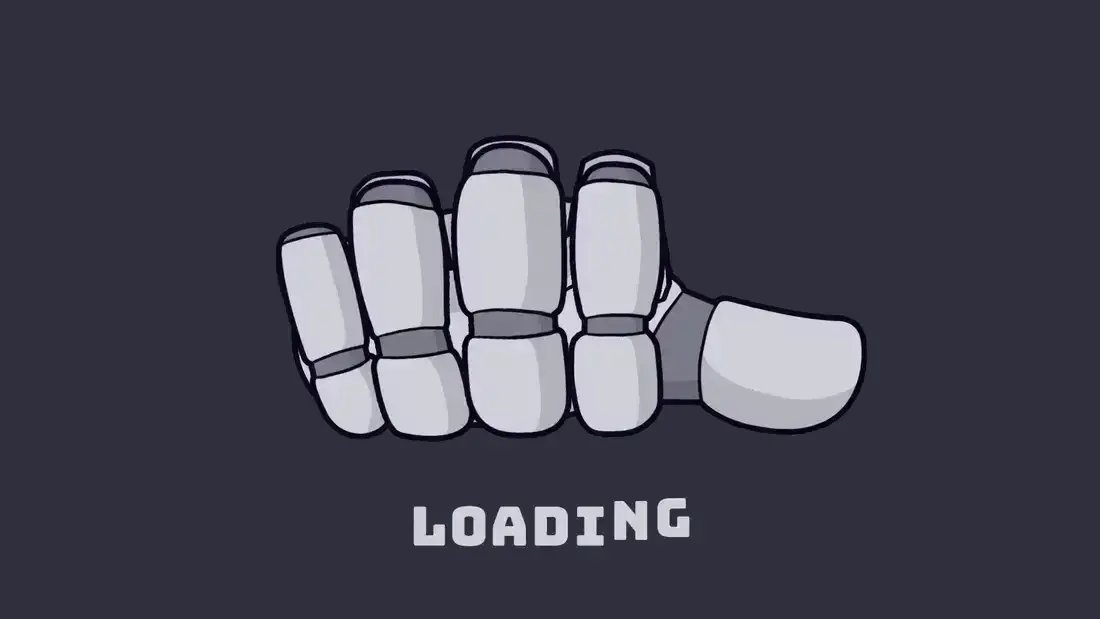▼ Latest
Unbloc
Free mode
100% free
Freemium
Free Trial
Featured matches
-
Open5,15962Released 3mo ago100% Free
 Shawn Lee🛠️ 2 tools 🙏 81 karmaAug 20, 2025@Unblur Image by UluchI really appreciate you trying it out and sharing this! 🙏 The tools should work, but sometimes the verification gets stuck depending on the network. I’ll work on making this smoother. Thanks again!
Shawn Lee🛠️ 2 tools 🙏 81 karmaAug 20, 2025@Unblur Image by UluchI really appreciate you trying it out and sharing this! 🙏 The tools should work, but sometimes the verification gets stuck depending on the network. I’ll work on making this smoother. Thanks again!
Verified tools
-
 Open2,76122Released 2y agoFree + from $47/yrLove this app! So great at implementing several proven concepts to help with efficiency, productivity, and the ability to be consistent with tracking, rewards and gasification. Game changer in this space.
Open2,76122Released 2y agoFree + from $47/yrLove this app! So great at implementing several proven concepts to help with efficiency, productivity, and the ability to be consistent with tracking, rewards and gasification. Game changer in this space. -
8,03021Released 2y agoFree + from $29/mo
-
4,47530Released 1y agoFree + from $9.99/mo
Other tools
-
74814Released 1mo agoFree + from $9.9/mo
-
568Released 2y agoFree + from $20/mo
-
5,79850Released 2y agoFrom $9.02/mo
-
9258Released 1y ago100% Free
- Spotlight: Speechmatics | AI Voice Agents (Voice agents)
-
6992Released 2y agoFrom $199/mo
-
6203Released 1y agoFree + from $25/mo
-
1,0309Released 1y agoNo pricing
-
7845Released 1y agoNo pricing
-
4,55894Released 2y agoFree + from $19/mo
-
22,363133Released 5y agoNo pricingI shot talent on a portable green screen (creased), and was still able to pull a satisfactory key. Note: when talent wears clothing in a shade of green shot against a green screen, results will vary. Unscreen maintains skin tone nicely, and I like the integration with editing software when using Unscreen Pro service. It's a time saver, for sure.
-
1,15123Released 2y agoFree + from $20/mo
-
7596Released 1y agoFrom $30/mo
- Didn't find the AI you were looking for?
-
2491Released 2y agoFree + from $4.99/mo
-
12,78550Released 2y agoFree + from $10/mo
-
1,9136Released 2y agoFrom $19.9
-
1,44315Released 1y agoFrom $20
-
2,78354Released 2y agoNo pricing
-
4951Released 1y agoNo pricing
-
2,67139Released 2y agoFree + from $2.8/mo
-
8372Released 2y agoFree + from $4.99
-
7,255257Released 2y agoFree + from $9/mo
Ask the community
Emerson Wakeman
Feb 28, 2025
Meiosis Script
Emerson
Crew
Bobby
Rich
Interphase:
In interphase, the cell has homologous chromosomes from both their parents. During this phase. The chromosomes are duplicated, along with the Centrosomes, and become sister chromatids, which brings us to Prophase.
Prophase I :
The sister chromatids make their way to each other and start undergoing synapsis, this is when the chromosomes start crossing over parts of their chromosomes to gain genetic variation.
Metaphase:
Now that the chromosomes have genetic variation, they start to line up at the cell's equator and prepare to be split into two cells. However, the way they orient themselves is also important. One of the chromosomes could be on the left instead of the right, changing the genetics completely. With two pairs of chromosomes, there are just four different combinations, but accounting for the fact that there are 23 chromosomes in humans, there are so many possible combinations, creating tons of genetic variation.
Anaphase:
Just like regular mitosis, the centrosomes attach to the oriented chromosomes, they do not split the sister chromosomes though, they just pull them to the other sides of the cells.
Telophase:
The chromosomes make their way to the other side of the cell during Telophase, where they make new nuclei and split the cell, keeping one centrosome with them.
Prophase II:
In Prophase II, the nuclei disappear again, and the chromosomes bundle back up, they duplicate the centromeres in each cell, giving 2 for each cell. The chromosomes do not cross over in the phase like last time, instead, they move to the middle of the cell.
Metaphase II:
In Metaphase, the chromosomes move to the middle of the cell again, and the spindle fibers from the centromeres attach to each of the chromosomes,
Anaphase II:
By Anaphase II, the mixed-up sister chromosomes split and get pulled to both ends of the cell, where they start Telophase II
Telophase II:
The cells split for the final time in meiosis. The resulting cells are very different from the starting cells. At the start, the original cell had 2 pairs of chromosomes that were from both of the parents. In the end, we have 4 genetically differing cells with one pair of chromosomes each, all of them being mixed from the mother and father cells. Meiosis is a very interesting process that is meant to make a lot of variation between the offspring. The mixing of the genes from the parents, the independent assortment, and then just mutations can add up to trillions of combinations of genes just for this one person.
Post



